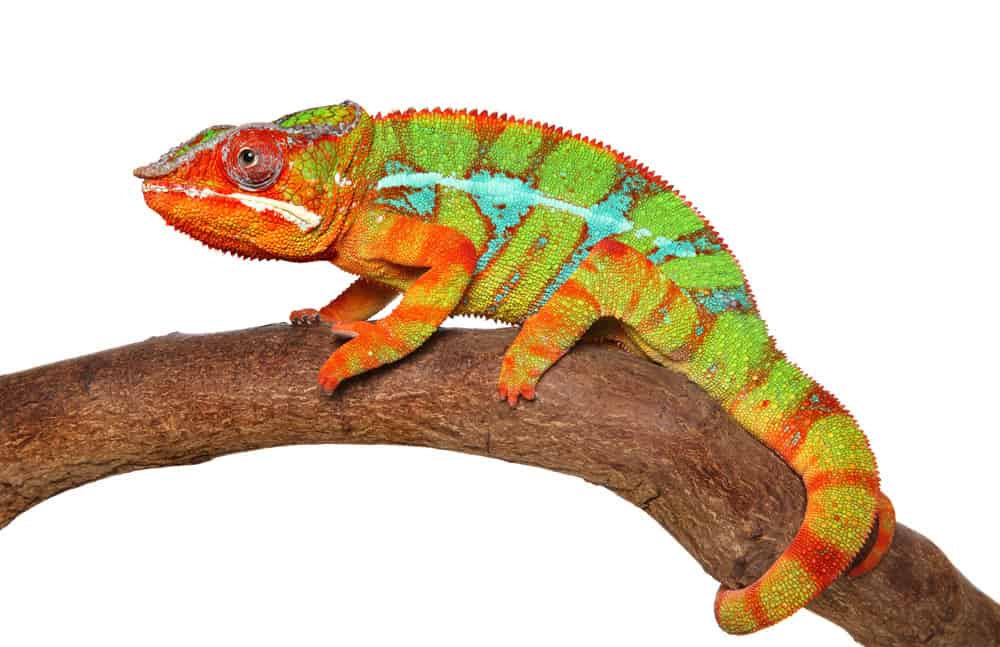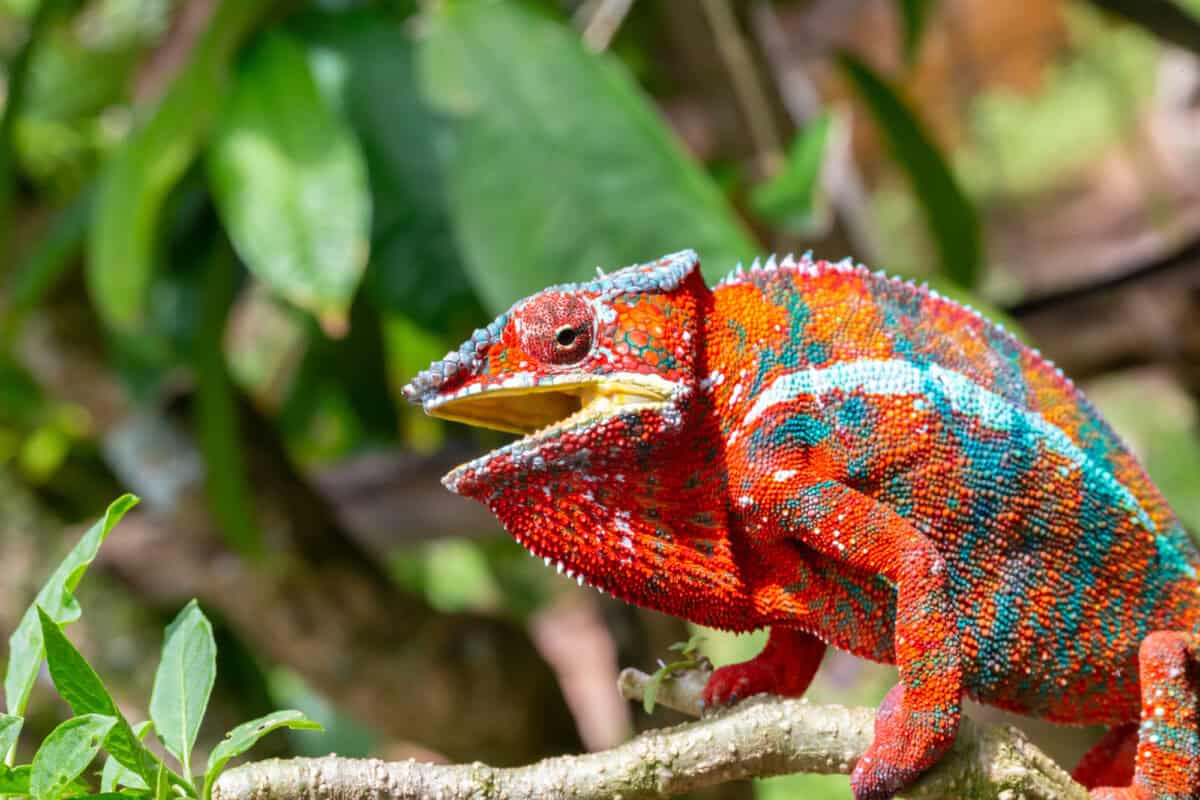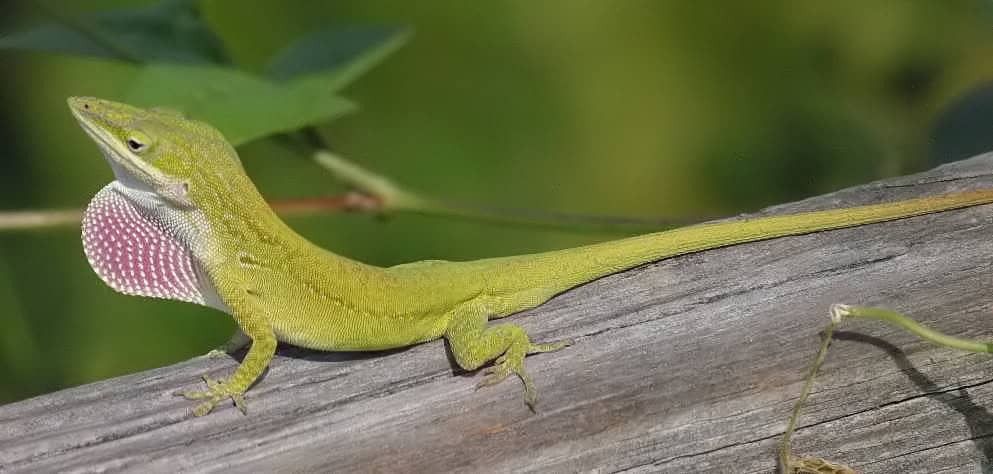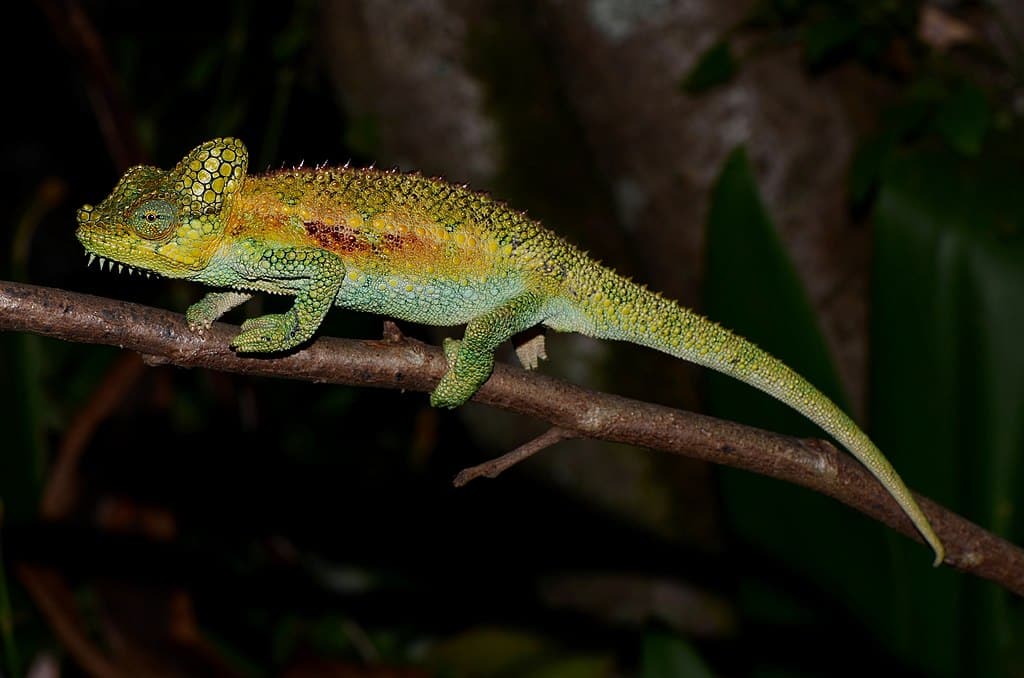Lizards are among the most fascinating creatures in the animal kingdom, renowned for their diverse and often surprising abilities. Among their ranks is one particularly captivating species capable of something that seems almost magical—changing color in response to its mood. This extraordinary ability has intrigued scientists, animal enthusiasts, and pet owners alike, offering a window into the complex world of reptilian behavior and physiology.
The Chameleon’s True Colors

When we think of lizards that change color, chameleons are the first to come to mind. Contrary to popular belief, these remarkable reptiles do not change color solely for camouflage; mood, communication, and temperature regulation play significant roles in this ability. The color-shifting prowess of chameleons is facilitated by specialized cells in their skin called chromatophores, which contain different pigments and reflect light in various ways.
The Science Behind Color Change

The process by which chameleons change color is intricate and involves more than just alternating shades. Chromatophores are layered in the skin, and each layer has a different function. The top layer contains yellow and red pigments, while the deeper layers can reflect blue and white light. By manipulating these cells, chameleons can create a wide range of colors and patterns, influenced by mood, temperature, and social cues.
Mood and Communication

Chameleons utilize their color-changing ability as a form of communication. When a chameleon feels threatened or aggressive, it might adopt bold, vivid colors to signal its state. This acts as a warning to potential threats or rivals. During courtship, males will display vibrant colors as part of the mating ritual, making themselves more attractive to females while also indicating dominance to other males.
Temperature Regulation

Besides mood, temperature is another key factor in a chameleon’s color change. Because they are ectothermic, chameleons rely on external temperatures to regulate their body heat. By changing to darker colors, they can absorb more heat when it’s cold; conversely, paler shades help reflect sunlight to cool down when it’s hot.
Not Just Chameleons

While chameleons are the most famous mood-based color changers, other lizard species have similar abilities. Anoles, for instance, are common lizards that shift colors, primarily between green and brown. Like chameleons, these shifts can indicate stress, aggressive behavior, or social interactions.
The Role of Environment

The environment plays a crucial role in the color-changing abilities of these lizards. Factors like light, temperature, and humidity can all affect how and why a lizard might change its color. Chameleons, for instance, may change in response to the intensity of sunlight filtering through their habitat.
Health Indicators

Color change can also be an indicator of a chameleon’s health. A consistently dull or grayish appearance may be a warning sign of stress, illness, or improper care. Maintaining proper habitat conditions and ensuring a well-balanced diet is vital for the lizard’s well-being and normal color expression.
Pet Ownership: Understanding Their Behavior

For lizard owners, understanding the significance of color change can enhance the care provided to these pets. Recognizing when a change in color indicates stress or discomfort allows owners to adjust their environment accordingly, providing a more comfortable and stimulating home for the lizard.
Captive Care: Optimal Conditions

Providing optimal conditions for mood-based color-changing lizards in captivity involves simulating their natural environment as closely as possible. This includes proper lighting to mimic natural daylight cycles, temperature gradients for thermoregulation, and humidity levels that reflect their native habitat.
Conservation and Research

Research into color-changing lizards not only enhances our understanding of these creatures but also aids conservation efforts. Many chameleon species are threatened by habitat loss and the pet trade. Conservation programs benefit from understanding the physiology and needs of these lizards, informing the development of effective strategies to protect them.
The Future of Study

Ongoing research into the mechanisms of color change in lizards promises to reveal even more about this fascinating ability. From applications in materials science to insights into evolutionary biology, understanding color change extends beyond herpetology into many scientific fields.
The lizard that changes colors with its mood continues to captivate our imagination and enrich our understanding of the natural world. Whether as a pet owner or a wildlife enthusiast, appreciating the complexity and beauty of these creatures offers a unique perspective on the intricate lives of reptiles. By respecting and learning from them, we deepen our connection to the diverse tapestry of life on Earth.
- 13 Sea Creatures That Glow in the Dark - August 20, 2025
- 10 Creatures That Can Survive in the Harshest Places on Earth - August 19, 2025
- This Whale Sings in a Unique Pitch - August 19, 2025

